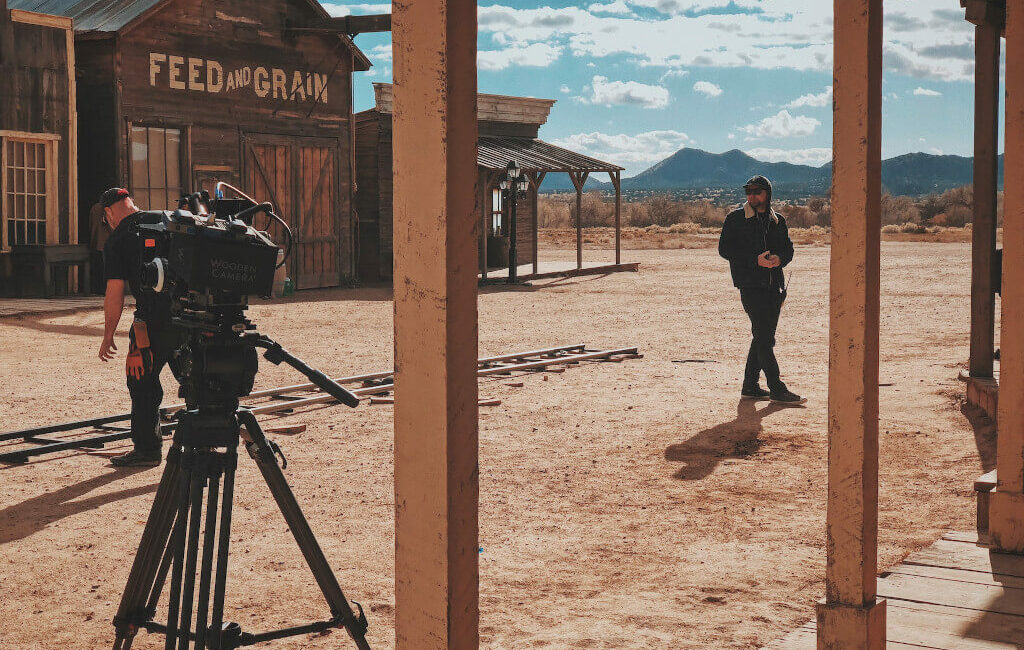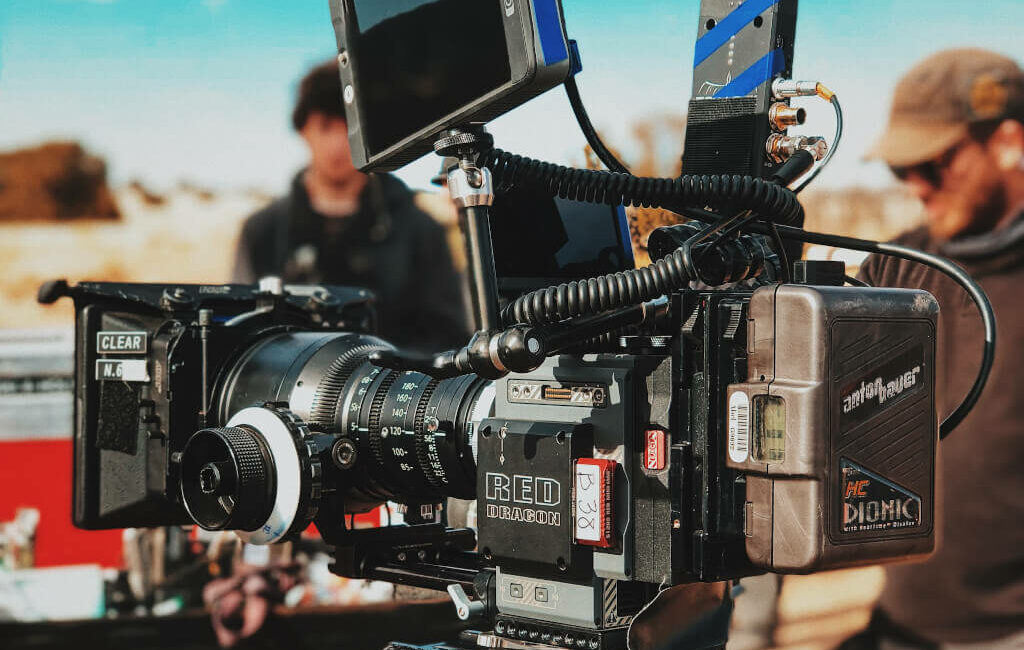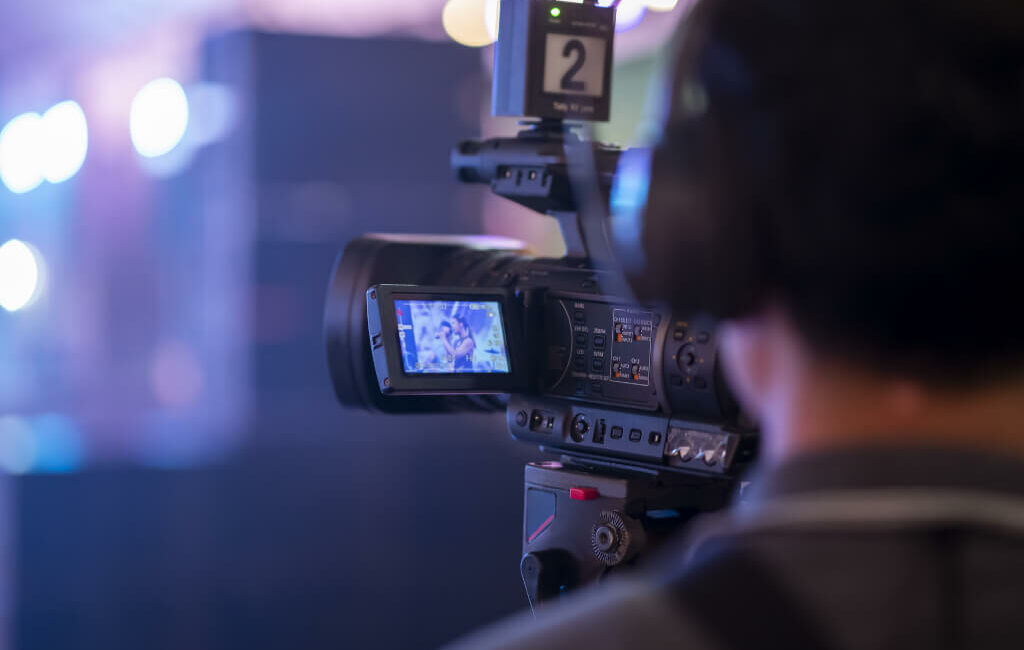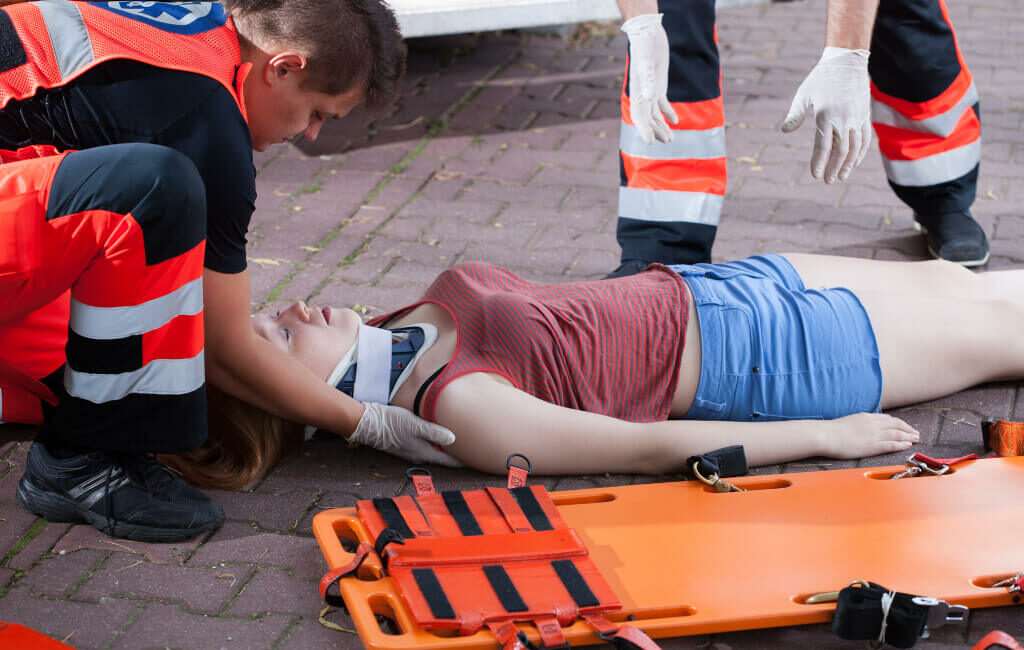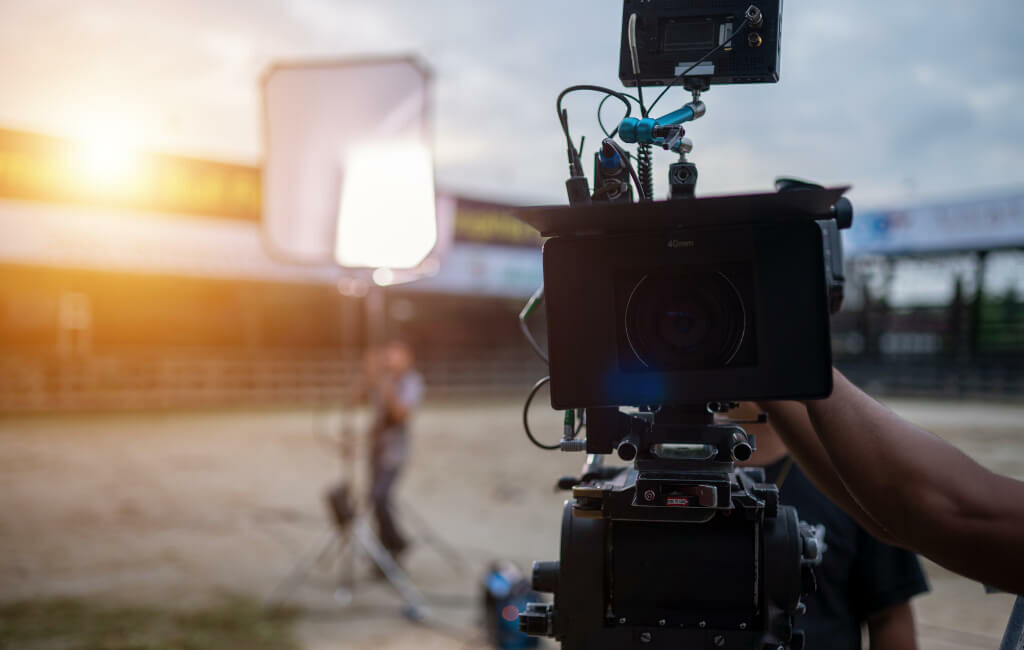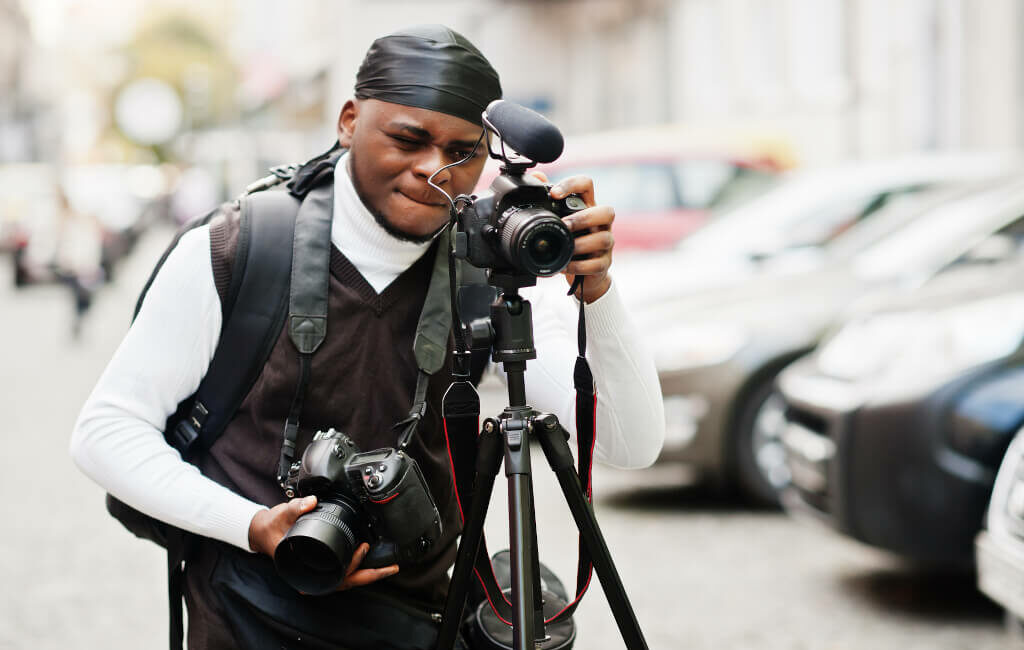Equipment, actors, and crew members all play important roles on a film set. There are many potential points of failure due to the complexity of the system. A film set is the epitome of Murphy’s law, with the potential for both equipment failure and personal injury. Here are some of the most typical issues that arise […]
Continue readingCategory: Production
What a Call Sheet Is and How to Create One
A Contact List The logo of the production company, the address of the production office, and the contact information for the most important people on set (the director, the producer, the first assistant director, etc.) are often located in the upper left corner of a call sheet. This is the first place that actors and […]
Continue readingTips for a Hot Summer PhotoShoot
One of the best ways to welcome summer is to organise a picture shoot in an outside setting. If you want to take better photos for your blog or social media, here are some pointers. Location is Key Think about your goal ahead of time. The atmosphere of the photos is extremely dependent on the […]
Continue readingCompelling Arguments for Outsourcing Your Next Production Internationally
Companies are actively recruiting top-tier individuals from all around the world to get a strategic advantage in today’s increasingly globalised economy. Businesses of all sizes, especially those involved in manufacturing, can now take advantage of international hires thanks to advances in remote work and communication technology. When planning your next show, consider looking abroad for […]
Continue readingAdvice for the Production Team’s Safety and Well-being
On set, many things happen simultaneously. The actors and their stunt doubles have to get ready, and the production crew has to juggle a variety of tasks to make sure every take goes smoothly. As a result, reports of accidents shouldn’t come as a shock. Thankfully, many of them can be prevented. The following are […]
Continue readingA Production Manager’s Tips for an Awesome Video Production
Ensuring that all of my productions were finished on schedule and under budget was my primary responsibility as a production manager. Video production can go off the rails for any number of reasons. The production manager is responsible for maintaining order in the face of both internal and external influences. I’ve worked for some of […]
Continue readingWhat to Do If You Get Hurt on Set
An exciting and one-of-a-kind opportunity to witness the creative process and teamwork involved in filmmaking may be found on the set. The entertainment industry is full of exciting and challenging opportunities, which is why so many people want to work in it. However, there are risks involved in making a film, such as those posed […]
Continue readingWhat to Do, How to Act, and Common Mistakes When Filming Abroad
Anyone eager to see their work come to life should enjoy the filming process. It’s common to feel overwhelmed by the cultural differences you encounter while traveling overseas; taking some time off to adjust to your new surroundings is a good idea. Make sure you and your project have everything you need before boarding the […]
Continue readingOn-Set Use of Prop Firearms: 3 Guidelines
Prop firearms are subject to the same safety regulations as real firearms. Clear communication is essential to ensure that all crew members are aware of safety procedures and what is expected of them while filming, and that actors feel safe when handling prop guns. What is the Function of a Prop Gun? In movies, TV […]
Continue readingCommon Problems on Set and How to Fix Them
The success of a production depends on the crew’s ability to rapidly and safely address any issues that arise. The most important details are shown here. Let’s face it: even the smoothest-running film and video sets have their share of unforeseen challenges. That’s the price of doing business. There will be hiccups, such as when […]
Continue reading